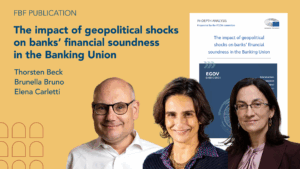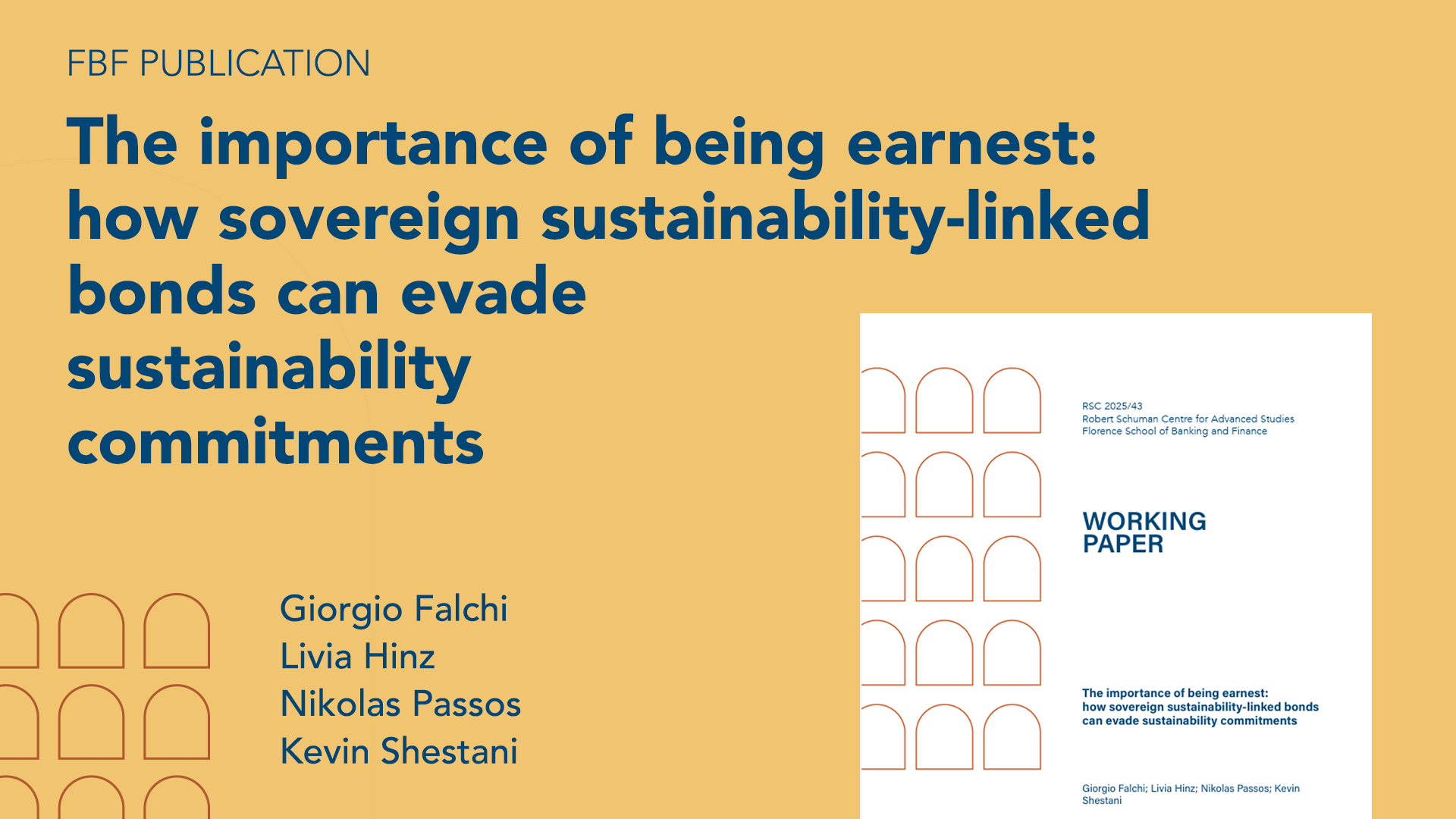Links
Next content
Read more
The impact of geopolitical shocks on banks’ financial soundness in the Banking Union
Geopolitical tensions have emerged as a major source of macrofinancial instability, with conflicts, sanctions, and global rivalries introducing risks that differ from traditional credit or market shocks. These events are difficult to anticipate and...
Sovereign sustainability-linked bonds (SSLBs) have emerged as an alternative to sovereign green bonds (SGBs) in Europe and emerging markets. They attempt to address some of the key structural weaknesses of SGBs such as fungibility, commitment, enforcement and scrutiny. While SSLBs are commonly perceived as more effective tools to finance sustainability, this study critically examines their performance using case studies of Chile and Uruguay. Our analysis highlights that although SSLBs address some of the shortcomings of SGBs they also introduce new challenges. These include vague commitments, strategically delayed step-up mechanisms and minimal financial penalties, which allow sovereign issuers to benefit from lower borrowing costs even when sustainability targets are missed. Moreover, external scrutiny mechanisms such as second-party opinions (SPOs) often lack rigour, reinforcing concerns about greenwashing. In sum, this paper finds that SSLBs do not necessarily overcome the fundamental issues of SGBs but rather reshape them in ways that may still undermine genuine sustainability outcomes. To enhance the accountability of SSLBs, we propose linking proceeds to taxonomy-aligned activities, strengthening their credibility with new targets and shifting from penalty-based mechanisms to incentives such as interest rate reductions to reach sustainability milestones. By dissecting the limitations and opportunities of SSLBs, this study contributes to the broader debate on sovereign sustainable finance and underscores the need for structural reforms to ensure these instruments foster genuine environmental and social progress rather than merely offering sovereign issuers a financial advantage.






